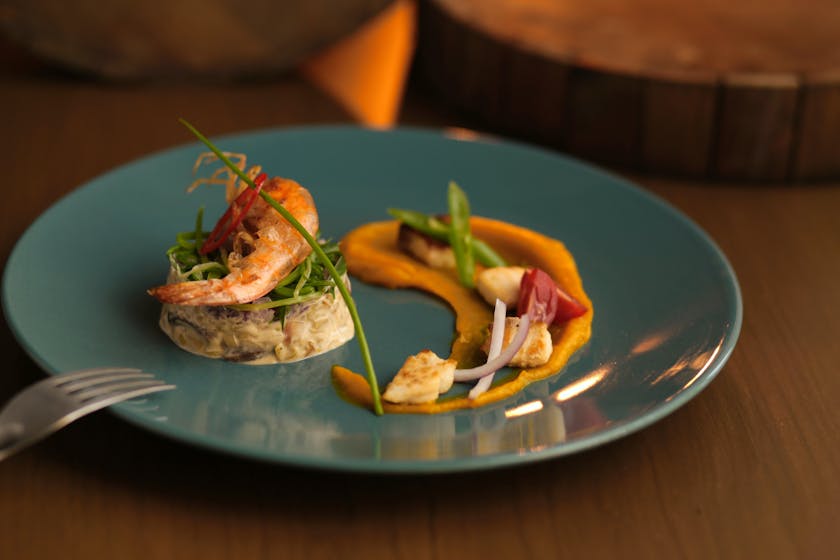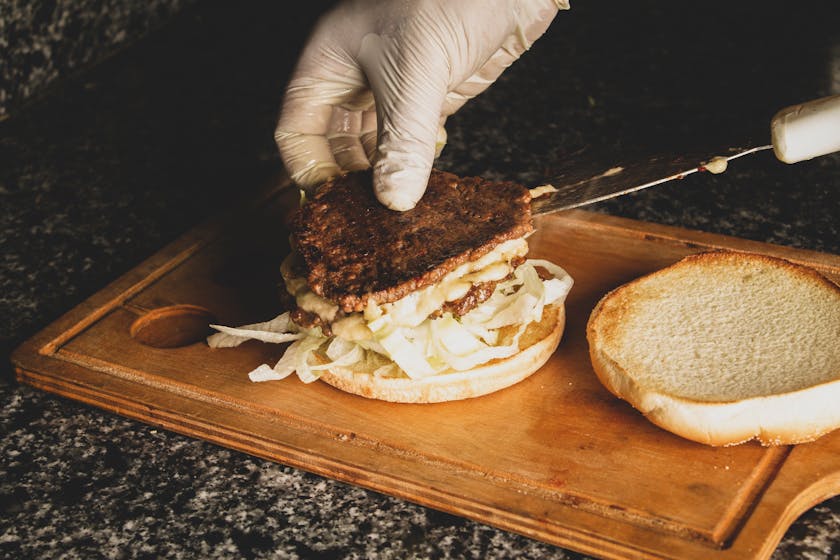When it comes to make-ahead meal planning, the concept has revolutionized the way we approach cooking. Not only does it alleviate the stress of daily meal preparation, but it also ensures that you have healthy and delicious meals at the ready. If you’re looking to streamline your kitchen routine, this guide on best practices for make-ahead meal planning is just what you need.
Understanding Make-Ahead Meal Planning
Before diving into the best practices, it’s important to understand what make-ahead meal planning entails. Essentially, it involves preparing and cooking meals in advance, typically for the week ahead, and then storing them in the refrigerator or freezer until they’re ready to be consumed. This method is perfect for busy individuals or families who want to save time and eat healthily.
Start with a Plan
Creating a meal plan is the first step in successful make-ahead cooking. Decide on the meals you want to prepare for the upcoming week or month, taking into consideration your dietary preferences, budget, and schedule. It’s helpful to have a variety of recipes that you can rotate to keep things interesting.
Choose the Right Recipes
When selecting recipes, opt for dishes that freeze well and reheat easily. Soups, stews, casseroles, and marinated meats are excellent choices for make-ahead meals. Avoid dishes that don’t hold up well after freezing, such as salads with fresh greens or meals with a high water content that might become soggy.
Invest in Quality Storage Containers
Proper storage is crucial for make-ahead meal planning. Invest in high-quality, airtight containers that are freezer-safe and microwave-friendly. Label each container with the date of preparation and the type of meal to avoid any confusion later on.
Bulk Preparation and Cooking
Set aside a day for bulk preparation and cooking. This could be a weekend day when you have more time. Chop all your vegetables, cook your grains, and prepare your proteins. This enables you to assemble your meals quickly and efficiently.
Efficient Use of Ingredients
Make the most of your ingredients by planning meals that use similar components. This not only saves money but also minimizes waste. If you’re cooking chicken for one meal, for instance, consider using it in a couple of different recipes throughout the week.
Safe Cooling and Freezing Practices
Ensure that your cooked meals are cooled down properly before freezing. Hot food can raise the temperature of your freezer, which could impact the quality and safety of all stored food items. Once cooled, portion the meals into your prepared containers and freeze them promptly.
Thawing and Reheating Your Meals
For best results, thaw your meals in the refrigerator overnight before reheating. This maintains the quality and flavor of the food. When reheating, ensure that the meal is heated through to the proper temperature to guarantee food safety.
Keep an Inventory
It’s easy to forget what you have stored away for future meals. Keep an inventory of your freezer contents so you can plan your meals around what you already have on hand. This prevents food from getting buried in the freezer and going to waste.
By implementing these best practices for make-ahead meal planning, you’ll be well on your way to enjoying more free time and less kitchen stress. With a little preparation and the right approach, you can make once-a-month cooking a seamless part of your routine.



